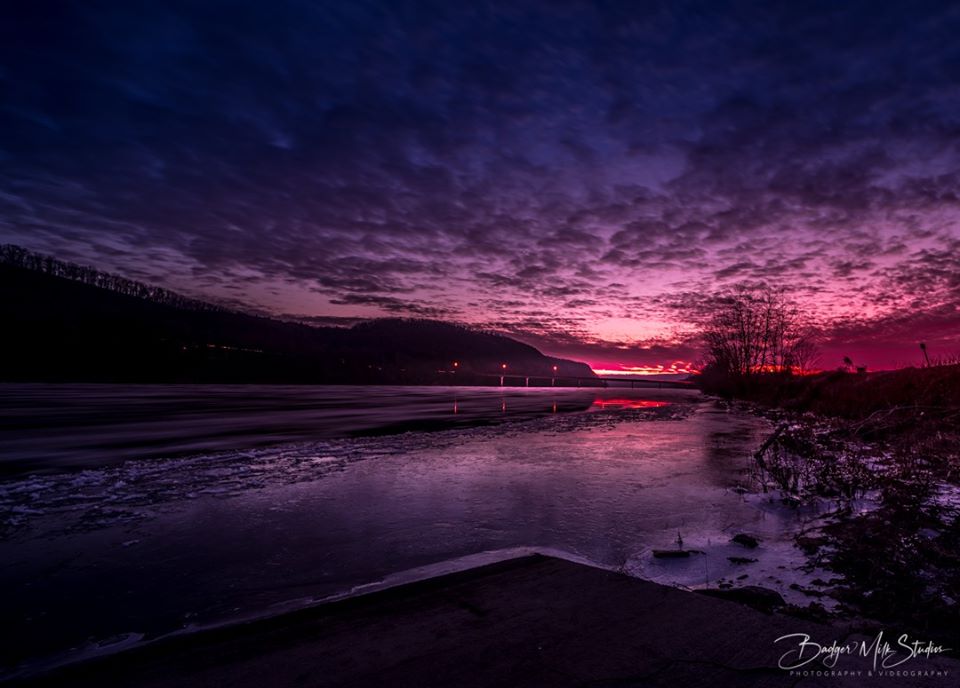by: Alana Jajko – Susquehanna Greenway Partnership
COVID-19 was the juggernaut of 2020. Not only did it fundamentally transformed our daily lives, but it also shifted where we work, how we educate, and what we do with our spare time.
True, the majority of impacts have been negative, but amidst all this upheaval, there is one shift that offers a unique opportunity to our region, especially within our small towns.
Following the travel restrictions and hot spots of COVID-19, more and more people have begun looking to smaller communities outside of populated city centers as oases from pandemic life.
These small communities, like our Susquehanna Greenway River Towns, offer a variety of benefits that are not currently available in ‘big city living.’ Add to that the increased flexibility afforded by remote work and learning environments, and the recipe is right for our Susquehanna communities to see a an uptick in interest from not only visitors, but also those seeking new places to live.

Why the growing attraction to these smaller communities? In short, it’s their amenities.
King among these is access to space, especially outdoor opportunities. City dwellers are trading city bars, museums, and theaters for parks, trails, and other easily accessible recreation that is available in small towns.
In addition to the elbow room afforded to those by living in small towns, nearby state forests, parks, and game lands also open up an additional source of opportunity to engage with one another and keep within COVID-19 regulations. As a result, being located within a community that has access to these public outdoor spaces has risen as a desired community commodity. Plus, the simple act of recreating and exercising in the outdoors has provided a much-needed boost to an individual’s mental and physical health in a time of heightened stress and anxiety.
The rise in demand thanks to this access is already notable. However, factor in the community’s unique charm and character, and these small towns’ inviting landscape become even more desirable for those seeking new environments outside of a stuffy city center.
This retreat to rural towns and suburbia was also made more attractive and feasible thanks to the shift to remote learning and work-from-home environments. While some may be growing tired of remote work, it is actually the thing most driving this opportunity for small towns.
With the boost in remote workspaces, people experienced flexibility that removed the need to commute into big city jobs—a driving force behind city living. People can now work from home amidst the charm of a small-town community and walk right out of their front doors to enjoy all it has to offer.

According to the New York Times, Jonathan Dingel and Brent Neiman of the University of Chicago estimate that almost 40% of the nation’s jobs can be done from home. Should permanent remote positions continue to catch on, this migration towards small towns will likely continue to gain momentum across Central PA.
And the current market is poised for this migration.
A study by the Outdoor Industry Association, found that 5% of the American real estate market is fueled by outdoor recreation. Being located near spaces for outdoor activity is becoming a valued asset.
Before we worry about an invasion of city dwellers, cities have been historically resilient following times of crises and they are far from a thing of the past. However, the current rising interest in small communities may prove to be a timely boom for the places that need it most.

Small communities like our beloved Susquehanna Greenway River Towns may be in position to positively benefit from this rising interest if we can begin to see their unique character and access to outdoor opportunities as economic resources.
In the face of COVID-19, many small businesses of our river towns may just profit from this rising interest as a bolster to their longevity through the pandemic and beyond.
Businesses, especially those who cater to both local and visiting outdoor enthusiasts, have already benefitted from the newfound boom in outdoor recreation that has followed on the heels of the pandemic.
Industries associated with outdoor pursuits saw record numbers and interest in 2020. For example, NPD Group Market Research recorded a percent increase in U.S. sales from March/April 2019 to March/April 2020 by +85% in kayaks and +121% in bicycles, with that trend only continuing into the summer season.
According to another study by the Outdoor Industry Association, consumer spending on outdoor recreation in Pennsylvania soars to about $887 billion annually.

It is not just the outfitters who profit. The small businesses that line the streets of our downtown communities have become hubs for people to convene (at a social distance) after their adventures at the nearby parks and trails. People are attracted to their charm, stay to enjoy the amenities, and boost the local economies as a result.
Only time will tell if this trend continues, but for now, it is proving to be an opportunity for our treasured river towns to shine through a global crisis.

The Susquehanna Greenway is a corridor of connected trails, parks, river access points, and communities, linking people to the natural and cultural treasures of the Susquehanna River. The mission of the Susquehanna Greenway Partnership is to continue to grow the Greenway by building connections along the Susquehanna River, inspiring people to engage with the outdoors, and transforming communities into places where people want to live, work, and explore.
About the Author: Alana Jajko is the Director of Communications and Outreach for the Susquehanna Greenway Partnership. Her work is focused on promoting trails and communities within our vibrant and connected Susquehanna Greenway, so that people like you can enjoy opportunities to engage with the outdoors. Alana can be reached at ajajko@susquehannagreenway.org.

